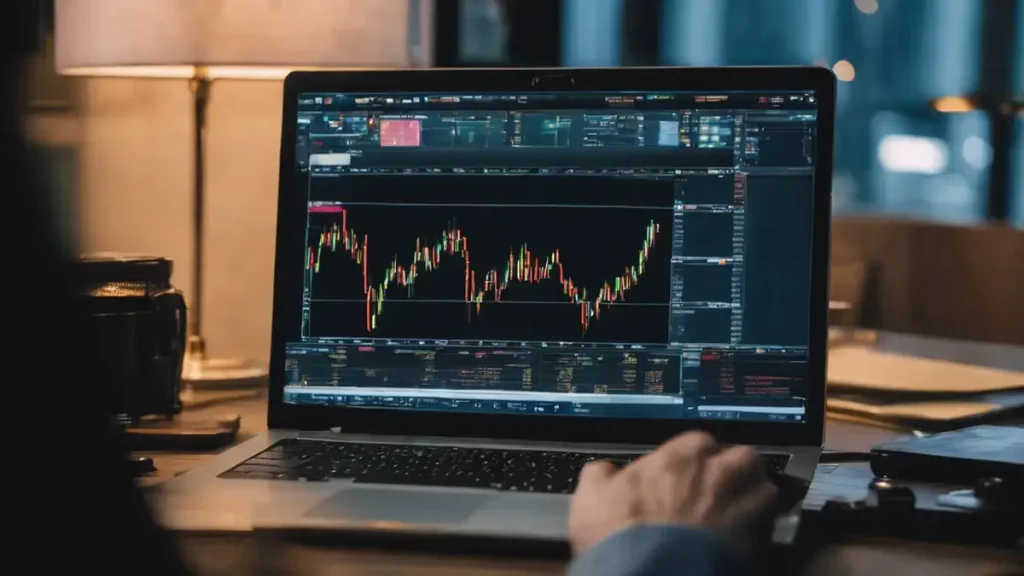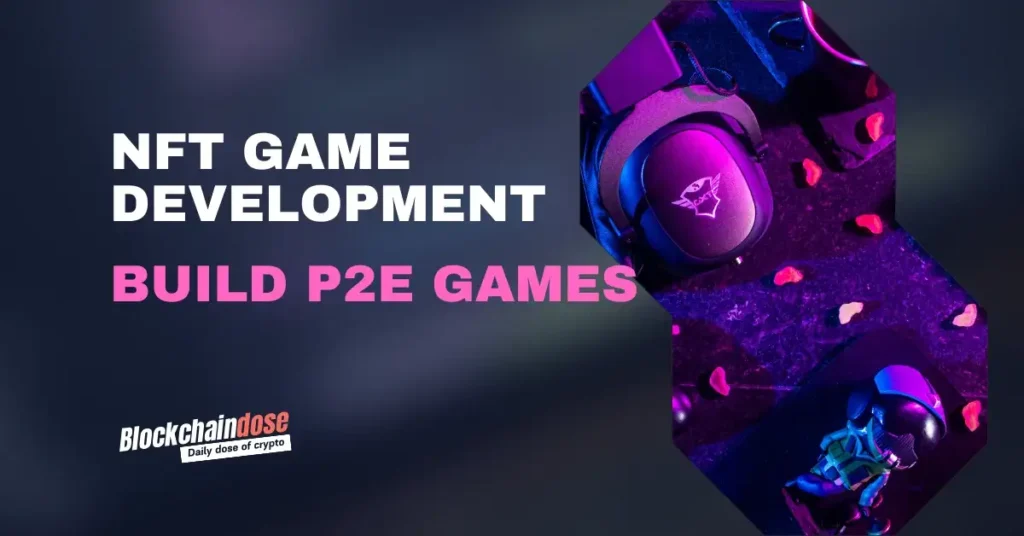The cost you spend on the blockchain to create NFTs is called the gas price, and it is very important. As a result, the price you pay to mint NFT could be as little as $0.01 or as high as millions. On the other hand, the gas fee for minting NFT might go up to $500 on average. The main factor stopping many ambitious artists from trying to offer their NFT artwork at a greater price is the increased gas cost. This guide will demystify the cost of mint NFT and help you navigate the complex landscape of blockchain fees.
What is NFT Minting?
Before we dive into the minting fees, let’s clarify what NFT minting actually means:
NFT minting is the process of converting digital content into a blockchain-based asset. It’s similar to how metal coins are minted before entering circulation. When you mint an NFT, you’re essentially creating a digital certificate of ownership for your unique creation. NFT can be then bought and sold on NFT marketplaces using fiat money or cryptocurrencies.

Gas Fees to Mint NFT
You need to perform transactions that provide NFT deeds if you want to mint an NFT. Using a public blockchain, which is a type of computer network, you can do this. Even if the public blockchain is always available for free, mining NFTs is going to cost you money. You have to keep in mind that websites that provide NFT minting with no price are slow.
Minting thousands of NFTs at a reasonable cost is possible with a low gas fee. To determine the cost of making just one NFT or a set of 10,000 NFTs, take into account the gas prices associated with minting NFT. If you want to save money on gas, mint NFTs at a slower time of day, depending on where you live.
Costs associated with Minting NFT:
Before proceeding with the NFT minting, you must understand that the blockchain you pick for use may have an important effect on the cost of creation. A few other factors that influence minting expenses are the time of day you mint (nighttime is best, less traffic), and secondary market value.
The following expenses are probably going to be involved when minting NFTs:
1. Gas Fees
Most blockchains require a minimum of one network transaction in order to perform minting operations. In order to carry out transactions, miners contribute their processing power and clients have to pay gas fees to them. A service charge must be paid for each NFT asset that is created.
Every blockchain network has different expenses. A blockchain network with no miners and a different consensus method would have cheaper gas costs than the blockchain of Ethereum.
The fee is eventually paid by the buyer when they purchase your NFT. Furthermore, gas prices differ significantly according on how frequently the blockchain network is utilized. For you to start minting NFT collections, gas expenses must be paid first.
2. Account Fees
Depending on every NFT marketplace you select, there are different fees associated with creating an account.
3. Listing Charges
NFTs can be freely minted by creators on particular platforms, but posting them to be sold on those platforms requires payment.
How to Reduce Minting Fees?
When minting NFTs, there are a few techniques that you can try to lower your expenses:
Lazy Minting
Lazy minting is a technique that involves generating the NFT and listing it for sale, but delaying the fees until the transaction is completed. The buyer’s total, not the seller’s, is deducted from the fees. You would need to take out the gas, market, and expenses from the profits even if you sold an NFT for $500.
Choose a Cost-Effective Blockchain
Selecting a less expensive blockchain to create your NFT Artwork is also a good choice. Flow is specifically blockchain designed for NFTs to lower energy consumption. In reality, a single search on Google or creating an Instagram post requires more energy than minting an NFT on FLOW.
Time Your Minting
- Tip: Mint during off-peak hours when network congestion is low
- Potential savings: Can significantly reduce gas fees
Factors Influencing Minting Costs
Understanding what affects minting fees can help you make informed decisions:
- Blockchain choice
- Time of day (network congestion)
- Marketplace selection
- Size of your NFT collection
- Current cryptocurrency market conditions
The Impact of Gas Fees on Minting
Gas fees are a crucial component of the cost to mint NFT. Here’s what you need to know:
- Purpose: Compensate miners for transaction processing
- Variability: Can change rapidly based on network demand
- Calculation: Often measured in GWEI (a fraction of the blockchain’s native cryptocurrency)
- Strategy: Consider using gas fee trackers to find optimal minting times
Choosing the Right Marketplace for Minting
Your choice of NFT Minting platforms can significantly affect your costs:
- OpenSea
- Fees: Variable, based on Ethereum network congestion
- Feature: Offers lazy minting option
- Rarible
- Fees: Similar to OpenSea, but with platform-specific features
- Unique aspect: Community governance token (RARI)
- Nifty Gateway
- Fees: Can be higher, but offers curated drops
- Advantage: Potential for higher visibility for select artists
Choosing the Right Blockchains
In recent years, several new blockchain networks have come to light. The most popular blockchains used for NFTs are Binance Smart Chain (BSC), Solana (SOL), Polygon (MATIC), Tezos and Flow however Ethereum is still the most well-known.
It is important to understand the advantages that blockchain networks offer. While some of them might have less processing power, they would have lower transaction costs. Eventually, the price at which an NFT is sold would include the expenses paid in minting it.
Let’s compare the most used blockchains for NFTs:
| Blockchain | Average Minting Cost | Pros | Cons |
|---|---|---|---|
| Ethereum | $70 to $100 (up to $1,000 for large collections) | Most established NFT ecosystem, high liquidity | Highest minting fees, network congestion |
| Solana | As low as $0.015 per NFT | Significantly cheaper, fast transactions | Smaller market, less established |
| Binance Smart Chain | $0.15 to $0.50 | Low fees, fast transactions, growing market | Less decentralized, smaller ecosystem |
| Polygon (MATIC) | Less than $0.01 | Very low fees, Ethereum compatibility | Lower visibility compared to Ethereum mainnet |
| Cardano | $0.30 to $0.50 | Energy-efficient, growing ecosystem | Newer platform, still developing infrastructure |
| Tezos | Around $0.50 | Energy-efficient, focus on digital art | Smaller market compared to top chains |
| Flow | Often under $0.10 | Designed for NFTs, used by NBA Top Shot | More centralized, limited to specific marketplaces |
The Future of Minting Costs
As blockchain technology improves, minting fees will likely change. We can expect changes in minting fees:
- Emerging blockchains may offer lower fees
- Layer-2 solutions could reduce costs on existing networks
- Increased adoption may lead to more competitive pricing across platforms
Conclusion
Understanding the cost to mint NFT is crucial for any creator entering the NFT space. Understand the blockchains and select the most appropriate one for your digital assets, collectibles, or artwork. Despite being the most expensive, Ethereum is the most popular and widely used blockchain. There are increasingly affordable options and strategies available.
By choosing the right blockchain, timing your minting carefully, and exploring cost-saving options like lazy minting, you can minimize your upfront investment. Remember, the goal is to balance the minting cost with the potential market reach and value of your NFTs. Are you ready to mint your first NFT?
FAQ – Frequently Asked Questions
The cost to mint an NFT varies, but on Ethereum, it typically ranges from $1 to $100, depending on network activity and gas fees.
Minting an NFT costs money because it requires computational power from the blockchain network and gas fees are paid to compensate for this processing.
You can reduce NFT minting fees by minting during off-peak times, using Layer 2 solutions like Polygon, or opting for platforms that offer lazy minting.




